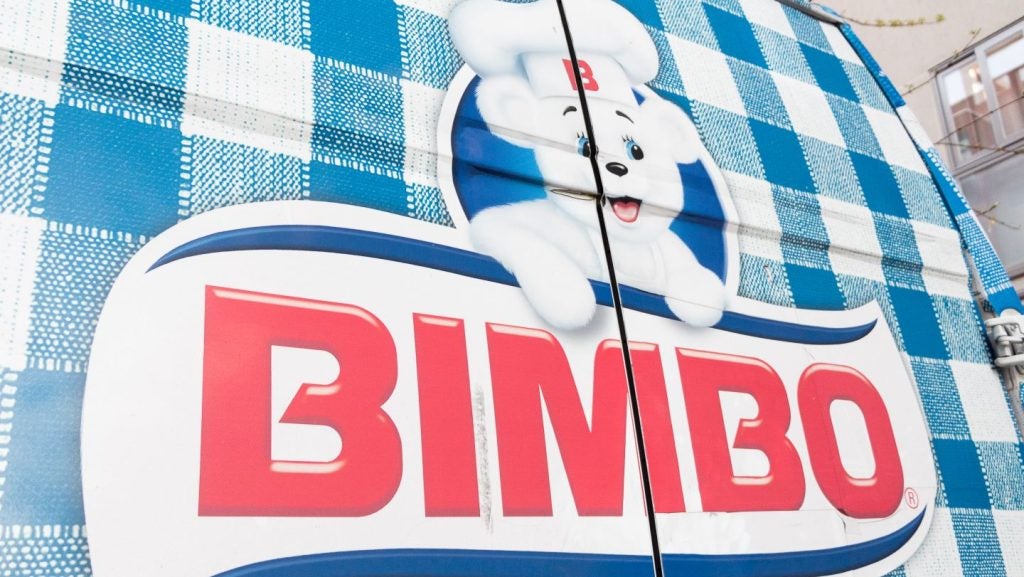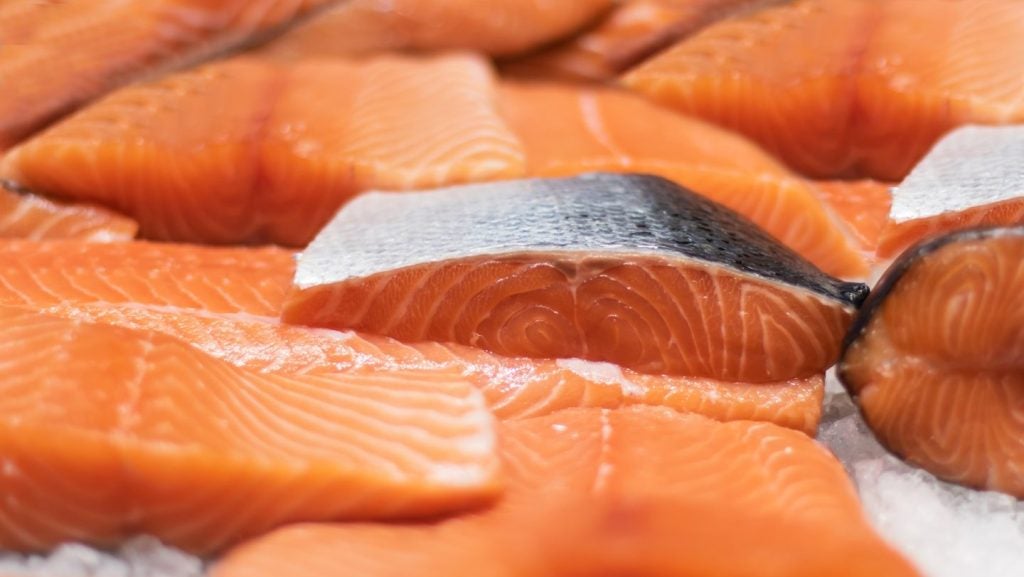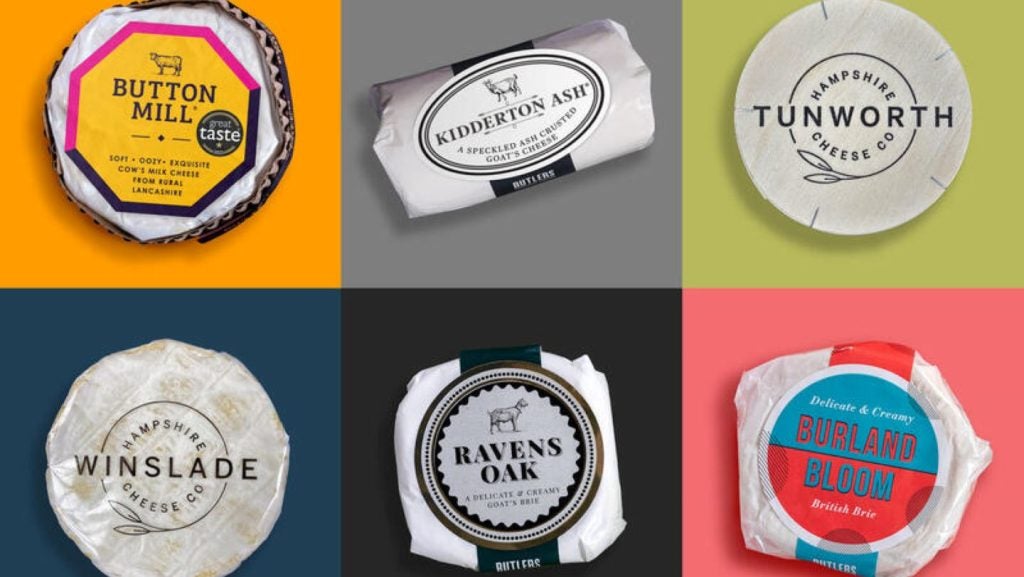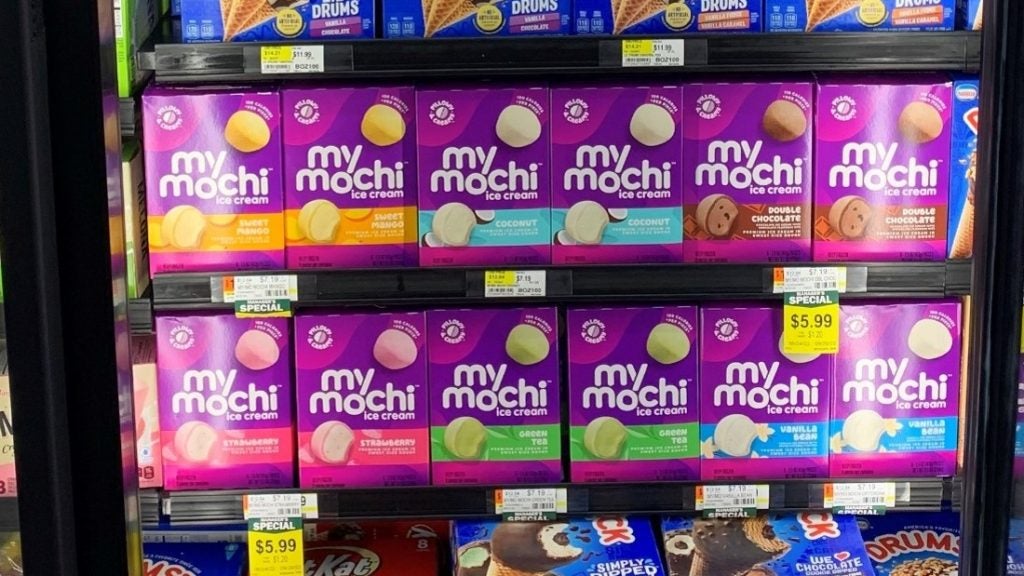Unilever has outlined new climate emission goals, including near-term Scope 3 greenhouse gas (GHG) reduction targets for the first time.
In its updated Climate Transition Action Plan (CTAP), issued today (6 March), Unilever has set out plans to lower its emissions by 2030 but it is also targeting emissions that come from its value chain – Scope 3 – including suppliers and shops that stock its brands.
Unilever said it had already "succeeded in reducing emissions in our operations by 74% in absolute terms versus 2015" and also pointed to a 21% cut "in the emissions intensity of our products across our value chain" against a 2010 baseline. However, the company conceded "achieving significant absolute reductions in our Scope 3 emissions has proven more challenging".
In a joint statement, Unilever CEO Hein Schumacher and chair Ian Meakins said: “The challenges of the climate transition are clear, especially if the world is to reduce GHG emissions at a pace consistent with limiting global warming to 1.5°C above pre-industrial levels, avoiding the worst effects of climate change.
“We are determined to play our part and are now driving climate action with greater focus and clarity than ever before. The development of this updated CTAP reflects this shift, as better data, and a more granular focus on future GHG reduction opportunities, have enabled us to update our targets and embed specific actions to drive their delivery within the financial growth plans of our five business groups.”
Perhaps cognisant of previous criticism from some investors suggesting Unilever puts too much time and energy into environmental concerns rather than pursuing financial objectives, the duo added: “In the process of updating the CTAP, we consulted our largest shareholders on the topic. We were pleased that the key elements of the plan – the new higher ambition near-term Scope 3 GHG reduction targets, the continued focus on absolute emissions reductions rather than carbon offsetting, and the shift to focus on the specific Scope 3 emissions which we believe we can influence – were widely welcomed.”
Specifically, Unilever wants to reduce in absolute terms its operational emissions (Scope 1 & 2) by 100% by 2030 against a 2015 base year.
The company has set out specific groups of Scope 3 emissions it wants to target. By 2030, Unilever is aiming to reduce its “energy and industrial GHG emissions” by 42% versus 2021.
Unilever defines these Scope 3 emissions as those from: purchased goods and services (associated with ingredients, packaging); upstream transport and
distribution, energy and fuel-related activities; direct emissions from use of sold products; (those linked to HFC propellants); the end-of-life treatment of sold products and downstream leased assets (those associated with ice cream retail cabinets).
Elsewhere, the Ben & Jerry’s ice-cream maker has set a target for Scope 3 greenhouse-gas emissions from forest, land and agriculture. These cover emissions from purchased goods and services associated with ingredients. Unilever is targeting cutting these emissions by 30.3% by 2030 from a 2021 base year.
Together, the two targets for 2030 represent a 39% absolute reduction in Scope 3 emissions, the company said.
By 2039, Unilever wants to achieve net zero GHG emissions covering Scope 1, 2 & 3 (excluding indirect consumer use emissions).
The company said that in 2023 it implemented improvements in its GHG emissions measurement using “more complete and accurate data” and a new measurement system for its largest Scope 3 emissions categories.
“We have restated our 2021 and 2022 GHG emissions measurement to reflect these changes and the revised 2021 emissions are the baseline of our net zero by 2039 ambition,” it said.
“Our total revised 2021 GHG emissions are 121 million tonnes of carbon dioxide equivalent (CO2e) and include 65 million tonnes of GHG emissions related to indirect consumer use.
“Since 2021, these GHG emissions have reduced to 53 million tonnes CO2e.”















